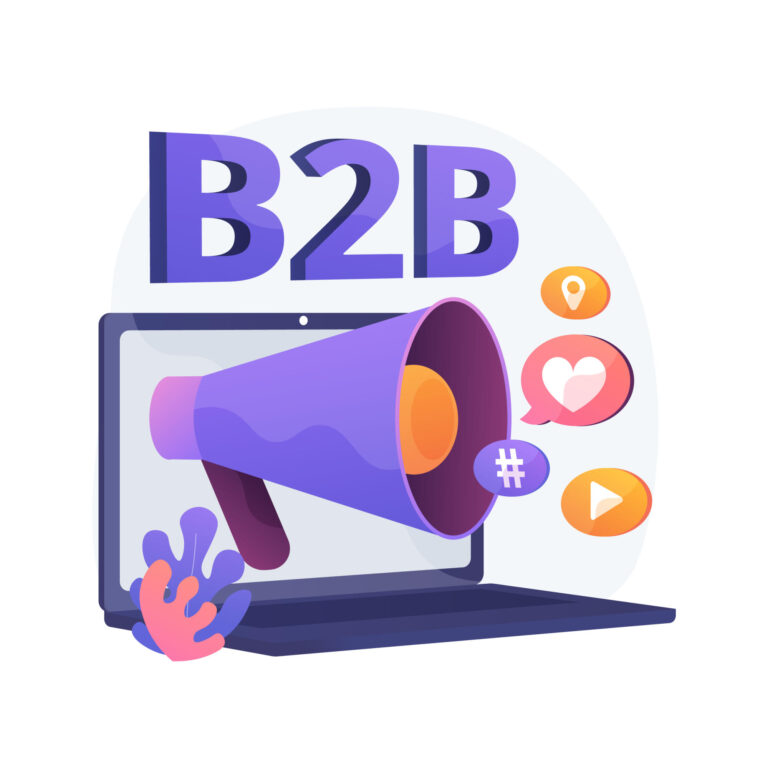Crystal Clear Communication: Unleash the Power of AI Noise Suppression
Key Takeaways:
- AI noise suppression can enhance the clarity and quality of digital communications across various platforms.
- Understanding and harnessing the technology effectively requires a blend of knowledge and best practices.
- Developments in AI noise-suppression technology signal a trend toward more adaptive and intelligent systems that will alter acoustic experiences in numerous industries.
Table of Contents:
- Understanding AI Noise Suppression and Its Impact on Digital Communication
- The Science Behind the Sound: How AI Filters Out Background Noise
- Integrating AI Noise Suppression into Your Daily Workflows
- AI Noise Suppression: Improving Accessibility in Communication
- Overcoming Challenges: Limitations and Considerations of AI Noise Suppression
Understanding AI Noise Suppression and Its Impact on Digital Communication
In today’s era of remote work and digital collaboration, the clarity of virtual communications is a non-negotiable pillar of efficiency and professionalism. Noise, especially from external environments, can dramatically hinder the effectiveness of these communications. However, technological advancements have embedded background noise removal tools with AI, turning disjointed discussions into coherent conversations.
Clear and concise audio transmission has become increasingly critical as digital communication mediums evolve. This importance is magnified when working remotely, where unpredictable environments can lead to noisy interruptions. The integration of AI noise suppression technology is radically changing how we interact, making remote meetings and conversations as clear as if they were taking place in well-engineered conference rooms. It not only improves the clarity but also the comfort and comprehension involved in digital exchanges.
The wide-reaching benefits of high-quality, noise-free communication are multi-faceted. Engaging in crisp, interruption-free dialogue is unparalleled from the perspective of workflow efficiency. Educators can teach without fear of auditory interference, customer service can engage with clients more effectively, and remote teams can collaborate as if they were in the same physical space.
The Science Behind the Sound: How AI Filters Out Background Noise
The cornerstone of AI noise suppression technologies lies in a network of sophisticated machine learning algorithms. These systems, often built upon vast datasets of sound samples, are adept at distinguishing between the human voice and various intrusive background noises. By actively recognizing and reducing unwanted sounds, AI noise suppression delivers an intelligible, clear signal essential for effective communication.
Deploying noise recognition and cancellation is a technologically intensive process, utilizing the power of machine learning algorithms to distinguish and prioritize human speech. These systems are continuously trained on a diverse array of noise profiles—from the hum of an air conditioner to the bustle of a café—ensuring that the voice remains pristine against all odds. The effectiveness of these algorithms is not mere speculation; it has been proven in various environments where audio clarity is fundamental to success.
Numerous case studies and user testimonials support the claim of improved call quality and reduced miscommunication resulting from AI noise suppression integration. This isn’t just an incremental enhancement; for many businesses and individuals, it represents a paradigm shift in the quality of digital audio communication, echoing through improved productivity and satisfaction at every level of interaction.
Integrating AI Noise Suppression into Your Daily Workflows
Incorporating AI noise suppression technology into daily professional activities should be a manageable task but a strategic move towards streamlined communications. Companies and users can begin by identifying their specific needs and then methodically integrate the appropriate AI noise suppression tools for an optimized audio experience within their digital ecosystems.
Today, the interoperability of AI noise suppression solutions with a wide variety of hardware and software means that anyone, from dedicated home office workers to on-the-go professionals, can benefit from enhanced audio clarity. By providing support across multiple platforms and devices, these AI tools ensure that the push towards clearer communication is universal and inclusive.
Best practices in using AI noise suppression include considering the acoustic environment, proper microphone placement, and tailoring settings for the user’s specific context. The movement towards elegant, user-friendly interfaces has made managing these settings increasingly straightforward, ensuring the technology augments the user experience without introducing additional complexity or inconvenience.
AI Noise Suppression: Improving Accessibility in Communication
The advent of AI noise suppression technology has a profound and impactful purpose beyond mere convenience—it plays an essential role in enhancing accessibility to communication. For those with hearing impairments, a significant reduction in background noise can mean the difference between isolation and engagement, as it allows for clearer speech and audio cue transmission.
Similarly, for individuals mastering a new language, removing acoustic distractions can immensely aid comprehension and articulation. Clearer audio provides a more effective auditory learning environment, where attention can be focused on understanding nuances rather than struggling to perceive words. For services that convert speech to text, such as transcription services or real-time captioning tools, AI-driven noise suppression technology has significantly improved the accuracy and effectiveness of these services, thereby expanding accessibility for those who rely on them.
Overcoming Challenges: Limitations and Considerations of AI Noise Suppression
While the virtues of AI noise suppression are evident, it is also important to address its challenges. From the lens of user autonomy, deploying these technologies must align with ethical standards and privacy concerns. As these systems typically process potentially sensitive vocal data, ensuring user consent and stringent data protection measures is crucial.
Furthermore, despite the sophisticated algorithms that drive these systems, there are still limitations regarding their noise-filtering capabilities. The rapidly evolving landscape of sound environments requires constant adaptation and development of AI models to remain effective. However, recent research shows advances in AI noise suppression show promise in overcoming these hurdles, thus improving its adaptability and reliability in diverse real-world situations.







